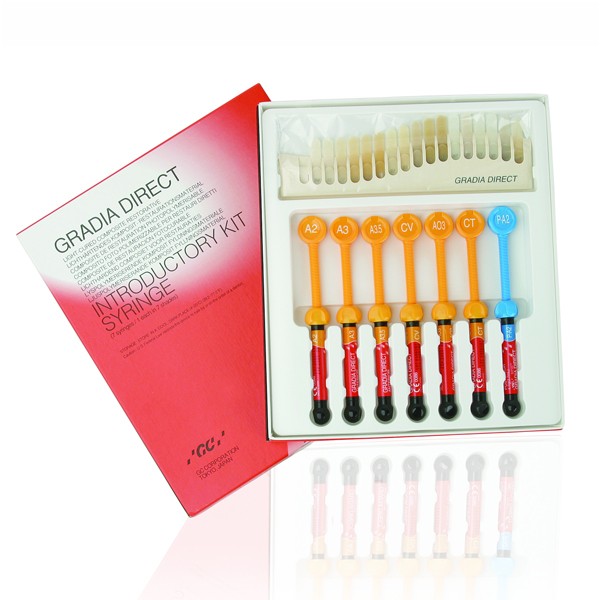Tooth filling

Treatment of dental caries Damage to the teeth most often occurs because of tooth decay. Tooth decay is usually caused by insufficient oral hygiene and the subsequent formation of plaque on the tooth surface. Plaque contains a large number of bacteria that weaken the enamel. This phase is called demineralization, which manifests itself as a white spot on the tooth. At this point it is possible to stop the decay without drilling, through thorough hygiene and fluoride preparations.
If not detected early, caries starts to expand. First, in the layers of enamel, dentin and then to the deepest layers where complications may occur, namely inflamed dental pulp. Unless the decay is removed in a timely manner, it penetrates into the medullary cavity of the dental pulp and causes necrosis of the dental pulp, and then the entire tooth. The solution to such complications is high quality root canal treatment.
The basic way of early caries detection is preventive dental examination, where the doctor may detect changes in the appearance of the tooth. Another and very precise option is a dental X-ray. Unfortunately, patients cannot often notice the problem themselves, because at this stage the tooth does not hurt. Pain starts only when the decay spreads in the vicinity of the dental pulp. The affected tooth is sensitive to thermal stimuli, different types of food, often sweet dishes and can also be the cause of halitosis. Dentists treat tooth decay using a dental drill. First, they remove all carious dentin and adjust the resulting cavity (the space of the missing tooth tissue) so that subsequent restorations (filling) will be held well in place, protect the tooth and ensure its best appearance.
Composite fillings Composite fillings (so-called white fillings) can be used in almost all teeth. They are highly aesthetic, because of a layering technique that helps make teeth with fillings indistinguishable from natural teeth. They are very often used in frontal teeth, where highly aesthetic results are especially important.
Patients are often interested in the price of a filling, but seldom in the kind of material which is used. Cheap materials from China are often used in lots of dental clinics. However, these inexpensive materials have substantially lower resistance, compressive strength, adhesion, color fastness and, moreover, they are often toxic, which causes allergic reactions in a number of patients. In ArtStom we do not skimp on health and quality, and therefore we use only the best and most expensive composite materials, especially from GC, Japan (http://www.gc-dental.com).

